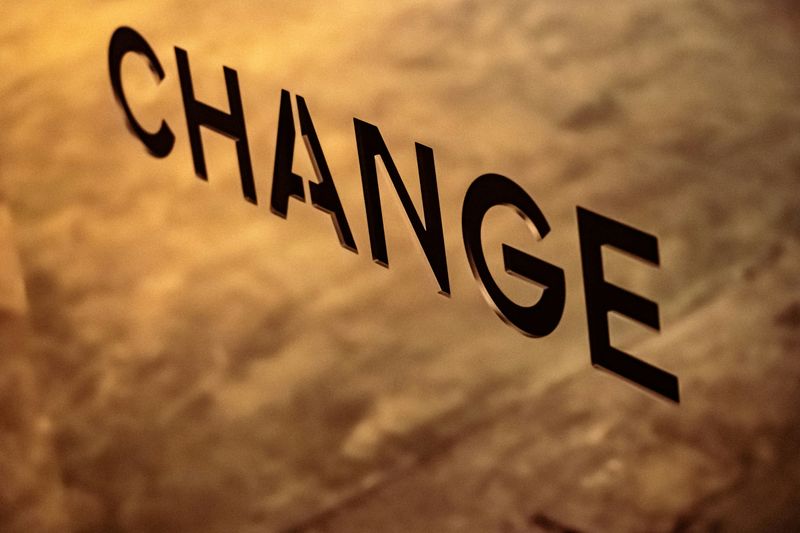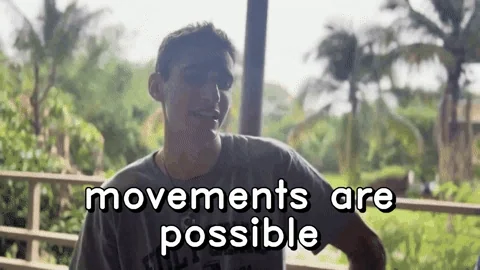Meet William. He chose to distance himself from people around him and found it hard to open up to his partners. He had some relationships but ended up separating. His life mantra goes, “I’m self-sufficient, and I don’t need someone close for life.”
William may have attachment issues in relationships without knowing it. Attachment issues come in various forms, and they can hinder the meaningful relationships people long for.
 Photo by Courtney Kammers on Unsplash
Photo by Courtney Kammers on UnsplashDo you relate to William's experiences, or do you feel differently? Understanding your attachment style can help you embrace intimacy and build meaningful relationships.
Attachment styles
 Photo by Intricate Explorer on Unsplash
Photo by Intricate Explorer on UnsplashAttachment styles are broadly sorted into two buckets, "either secure or insecure, with secure styles being the most common."
Insecure attachments result in emotional issues, and they have distinct characteristics:
Anxious-preoccupied attachment
If you have anxious-preoccupied attachment issues, you might feel embarrassed about being overly clingy or needy for intimacy. You might tend to:
Crave being needed or wanted by your significant other
Constantly ask for reassurance and attention from your loved ones
Allow your life to be largely taken over by the relationship
Struggle to find boundaries, feeling threatened by any space in between you and your partner
Experience jealousy when your loved ones aren't around

Dismissive-avoidant attachment
If you have dismissive-avoidant attachment issues, you might find it unbearable to stay in an intimate relationship. You value independence to the degree that you prefer freedom over a close partner. You might tend to:
Be on your own, "content to care for yourself"
Express less of your feelings to your partner
Distance yourself from or "disregard your partner’s feelings"
Worry that relying on others may lead to losing independence and freedom
Withdraw when someone tries to form a close bond with you

Fearful-avoidant attachment
If you have fearful-avoidant attachment issues, you might strongly desire secure intimacy and feel unworthy of love. These conflicting emotions can cause you to swing between intense feelings of love and anger towards your partner. You might:
Feel uncomfortable opening up to other people
Have difficulty trusting your partner when they say they love you or support you
Cope with rejection or irresponsive partners with impulsive or abusive behaviors
Worry your partner will hurt or leave you when circumstances change
Constantly look for signs of rejection or betrayal to end a relationship
Identify your attachment style
Find out your attachment style by reflecting on key areas that influence how you connect with others.
Evaluate your perception of closeness and dependency in relationships.
How you perceive closeness and dependency informs whether you lean towards secure or insecure attachment. Ask yourself:
How comfortable am I relying on others or allowing them to rely on me?
When I need support, do I feel anxious or confident about seeking help?
Assess your reactions to relationship conflicts.
Your response to conflict can reveal whether you tend to avoid, overreact, or manage difficulties in a balanced way. Ask yourself:
How do I typically respond to conflicts arising in close relationships?
Am I able to express my needs calmly during disagreements, or do I fear rejection?
Reflect on your emotional responses and triggers.
Your emotional patterns and triggers can tell you whether your attachment style is influenced by anxiety, avoidance, or insecurity. Ask yourself:
What emotions do I experience most often in relationships — fear, trust, anxiety, or comfort?
What specific situations make me feel secure or insecure in my relationships?

An attachment style doesn’t define your entire life. The label itself is just a way to make sense of your behaviors and better understand how you can shift to secure attachment from there. Your attachment issues may be the way you connect with others today, but you can alter your behavior and reshape these patterns.
Quiz
You find yourself feeling apologetic about your thoughts and responses to your partner. What should you ask yourself?
Essential steps to shift your attachment style
 Photo by Nick Fewings on Unsplash
Photo by Nick Fewings on UnsplashIf you're seeking to shift your attachment style, you can benefit from practicing the following steps:
Cultivate self-awareness
Observe your thoughts, emotions, and behaviors when connecting with your partner. Challenge your negative or self-imposed responses and ask, “Are they true to reality? Or are they just what I believe it to be?”
Activity: Journaling is a reliable way to track your reflection and move forward with changes in the ways you interact with your partners.
Enhance communication skills
Practice verbal and non-verbal communication. Tell your partner how you appreciate what they mean to you.
Activity: Use eye contact and physical touch to reinforce the message that you're true to your words. This helps to secure a bond with your partner.
Prioritize self-care
Schedule regular time to spend time with yourself on a daily or weekly basis. Engage in activities that you enjoy and relax you mentally. This includes hobbies, exercises, or time spent in nature.
Set and uphold boundaries
Be open about your needs with your partner. Voice them in a calm and respectful way. When your partners seek support, listen actively and offer them your best within your bandwidth while being clear about your boundaries.
Tailored strategies for each attachment style
While each attachment issue has its unique traits, consider tailored strategies to address your personal attachment style.
 Photo by Etienne Boulanger on Unsplash
Photo by Etienne Boulanger on UnsplashShift from anxious to secure attachment
Practice emotional regulation to reduce anxiety. Always fact-check your thoughts and self-talk: “What facts are my thoughts based on?”
Work on your relationship with yourself. Build confidence in managing your emotions on your own.
Shift from avoidant to secure attachment
Practice active listening and be fully present when communicating with your partner to foster intimate bonding.
Pay attention to what is unsaid and connect to their intent.
Learn to open up about your vulnerability in small doses and share your needs clearly and consistently.
Shift from fearful to secure attachment
Accept who you are now. Jot down your doubts and worries about your relationship.
Acknowledge your everyday achievements. For example, you might note that you finally feel comfortable with your partner having a night out with friends.
Build up your self-worth and self-esteem. This will help you challenge the negative self-talk you may be prone to revisiting.
Take Action
Your habitual attachment style isn't a life sentence. Behaviors will change over time when you put your understanding into action.

Take the next step forward to manage your attachment issues with the following resources:
Your feedback matters to us.
This Byte helped me better understand the topic.

